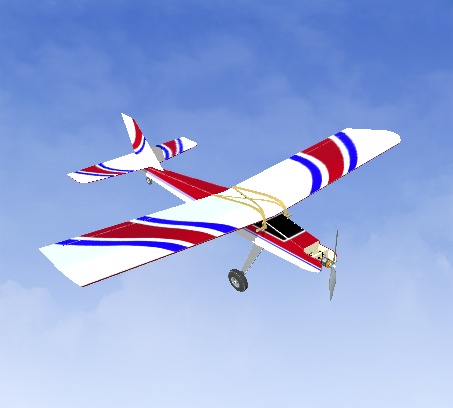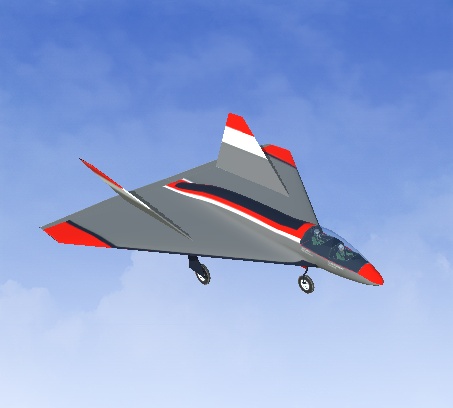The de Havilland Canada DHC-2 Beaver - the greatest single-engine 'bush' aircraft ever!
Entire books have been written about this airplane, and its many roles.
Design of the de Havilland Canada DHC-2 Beaver light transport was started in Toronto, Ontario, Canada during late 1946 as an aerial truck to operate in the Canadian bush. Powered by the Pratt & Whitney R-985 Wasp Junior supercharged 9-cylinder 450hp radial engine, it first flew on 16 August 1947, and the type was certificated in Canada during March 1948.
The U-6A is the military version of the de Havilland DHC-2. The U.S. military continues to operate two DHC-2s at the United States Naval Test Pilot School, where they are used to instruct students in the evaluation of lateral-directional flying qualities and to tow gliders.
The standard two-bladed Hamilton Standard constant speed propeller was on the noisy side, so it was often replaced in the US and Canada with a three-bladed Hartzell propeller with a smaller diameter.
A total of 1692 aircraft were built.
The DHC-2 Beaver was designed for short take off and landing operation (STOL).
Full flaps are 58 degrees.
To fly in STOL mode use the following flap settings:
Take Off: 35.00 degrees
Climb: 15.00 degrees
Cruise: 0.00 degrees
Landing: 50.00 degrees
Fly with the rate switch in the "high" position.
A U.S. Army U-6A maintenance manual and information from a Yahoo Beaver chat room provided data for the model parameter set up. Further adjustments to accommodate the model size.
This alternate view aircraft is the original smaller scale, and like the larger alternate view airplane and the full sized airplane, is a pleasure to fly.
Entire books have been written about this airplane, and its many roles.
Design of the de Havilland Canada DHC-2 Beaver light transport was started in Toronto, Ontario, Canada during late 1946 as an aerial truck to operate in the Canadian bush. Powered by the Pratt & Whitney R-985 Wasp Junior supercharged 9-cylinder 450hp radial engine, it first flew on 16 August 1947, and the type was certificated in Canada during March 1948.
The U-6A is the military version of the de Havilland DHC-2. The U.S. military continues to operate two DHC-2s at the United States Naval Test Pilot School, where they are used to instruct students in the evaluation of lateral-directional flying qualities and to tow gliders.
The standard two-bladed Hamilton Standard constant speed propeller was on the noisy side, so it was often replaced in the US and Canada with a three-bladed Hartzell propeller with a smaller diameter.
A total of 1692 aircraft were built.
The DHC-2 Beaver was designed for short take off and landing operation (STOL).
Full flaps are 58 degrees.
To fly in STOL mode use the following flap settings:
Take Off: 35.00 degrees
Climb: 15.00 degrees
Cruise: 0.00 degrees
Landing: 50.00 degrees
Fly with the rate switch in the "high" position.
A U.S. Army U-6A maintenance manual and information from a Yahoo Beaver chat room provided data for the model parameter set up. Further adjustments to accommodate the model size.
This alternate view aircraft is the original smaller scale, and like the larger alternate view airplane and the full sized airplane, is a pleasure to fly.







